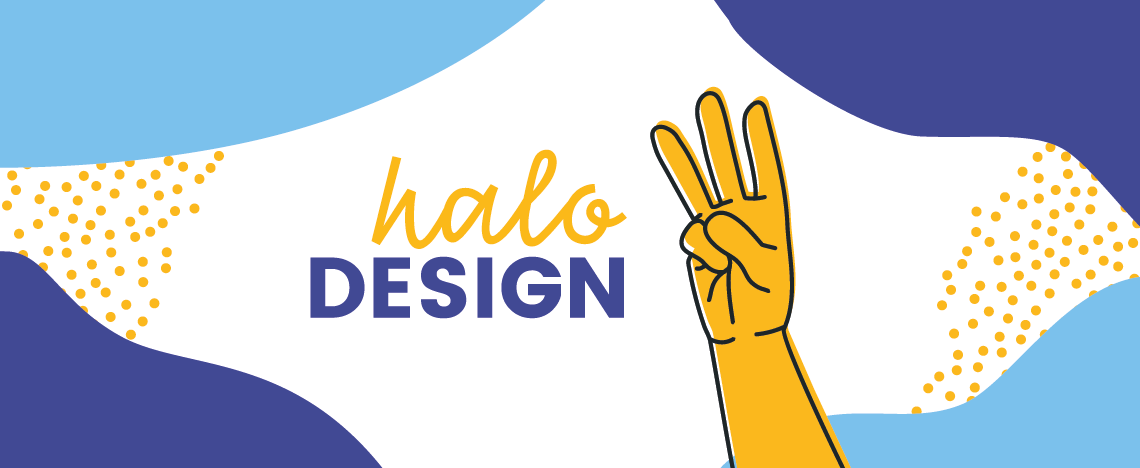The third Halo Design meetup was all about the three faces of design portrayed by three different, yet equally charismatic personas: the practician, the leader and the evangelist. A few weeks after the cyclical event held at Krakow Miquido office, it’s good to think back at how Mateusz, Bart, and Paul encouraged us to look at their specific design methods, frameworks, as well as its objectives from a different point of view.
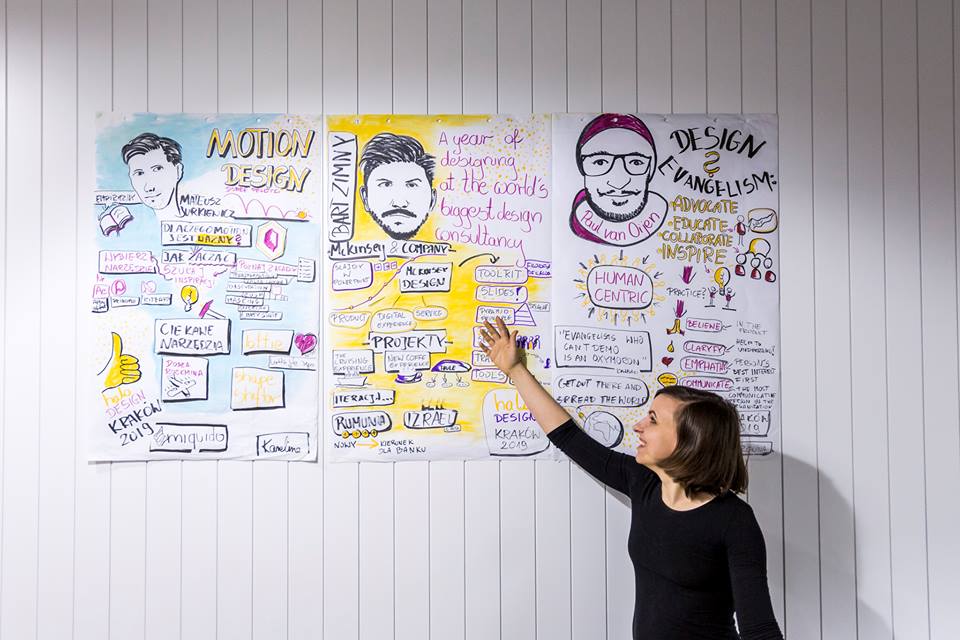
Methods
Even though UI/UX designer work is no longer a niche, some branches of design remain relatively undervalued. One such field is motion design, which is frequently considered as a purely artistic or unnecessary stylistic device. We tend to think of it as requiring a significant amount of work while not guaranteeing adequate tangible results. Hence, the more valuable were the tips of the first speaker of Halo Design #3, Mateusz Jurkiewicz, who introduced us to some of the best practices of aspiring motion designers.
Motion design, like any artistic activity, requires knowledge of the proper tools, the ability to process the world in a creative way and the power to establish an emotional connection with the end-user. Just like any subject of applied arts, motion design in web, mobile and other digital products should be characterised by strictly defined purposes, such as evoking desirable emotions, helping users to navigate within the mobile application, emphasising certain functions or imitating real processes in order to make the use of electronic equivalents even more attractive (e.g. iBooks app, which provides the experience of turning pages).
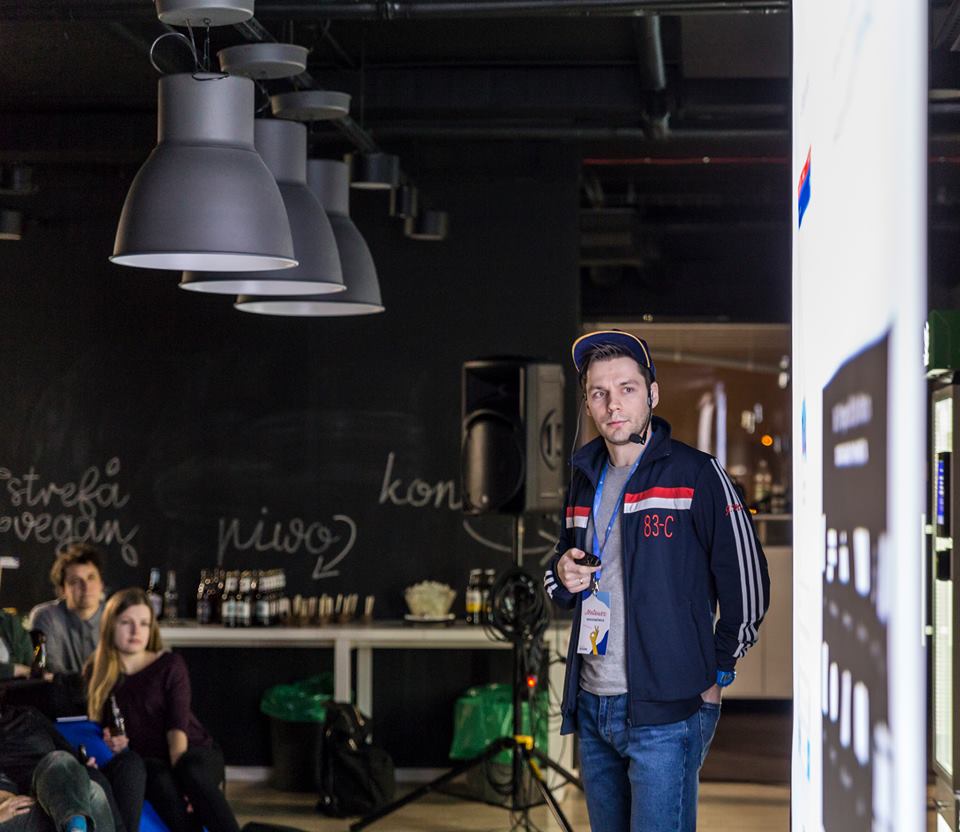
Motion design may seem like a demanding venture. It requires not only a deep knowledge of a wide collection of tools and highly developed artistic sense but also conducting tests with users in order to make sure that the animation is perceived as an integral and natural part of the final product. Nevertheless, Mateusz’s presentation, which described the 12 principles of motion design in UI, also swarmed with inspirational websites and tutorials. In addition, handy reviews of tools, starting from the more well-known Adobe After Effects and Principle, to the less popular Flow, was a great source of practical knowledge for those who would like to try their hand at designing animations.
Framework
Being a member of management in a corporation that hires 27,000 people around the world requires surgical precision. Bart Zimny, Design Director at McKinsey & Company (a top strategic and management consulting firm) knows this better than most. The American company, with nearly a hundred years of tradition, has earned a worldwide reputation not only due to its remarkable size but primarily because of the complexity of services, including physical products, digital experiences and business solutions.
Although services offered by McKinsey include digitisation and modernisation of companies, the pillar on which the entire structure of the corporation is based, is tradition. The philosophy of the firm, codified in the McKinsey Toolkit, is an extensive set of rules of communication, effective presentation techniques and methods for solving various problems in any company. One of the most important values of McKinsey is structured thinking and communication, based on the Pyramid Principle (according to which communication should start with a core message, and only then should be followed with logically ordered arguments).
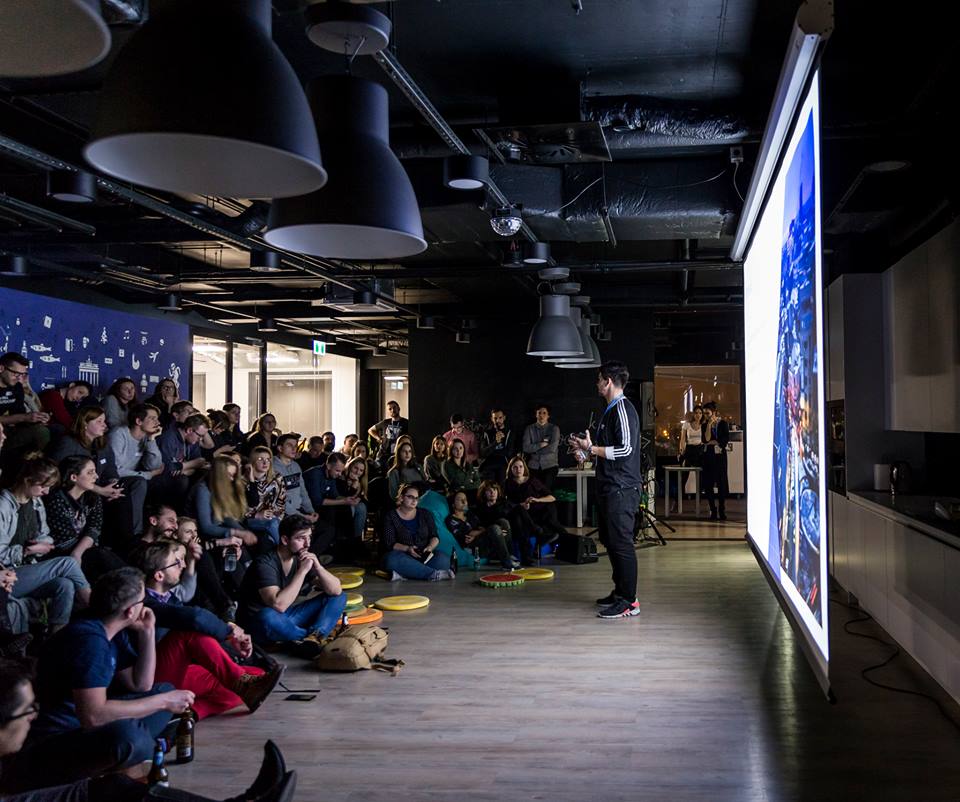
The framework used in one of the largest design companies in the world is the subject of extensive analyses, not only by people involved in management but also by consulting scholars. Bart’s individual experience, however, allows us to look at his work from a slightly different perspective. The career path of the Halo Design #3 speaker demonstrates how traditional company values and scientific research should be complemented with an agile, clever approach to various challenges that a Design Director deals with on a daily basis.
Objectives
Evangelism is one of the business buzzwords that gained considerable recognition in the 90s — mostly thanks to the popularisers of Apple software, who promoted their products through associating them with specific values or experiences. Apple evangelists may nowadays remind us of uncritical fans of the brand. But technology and design evangelism are important and profound ideas, worth having a closer look at.
Paul van Oijen, the third speaker of Halo Design #3 and the Principle Product Designer of smartly.io is a fierce proponent of design evangelism, and revealed to us his inspiring approach to design in a meaningful presentation entitled “Advocate – Educate – Collaborate – Inspire”. Design evangelism, which is grounded in human-centred design framework, aims to spread the belief in a particular value of design — both among the other designers and customers. According to the evangelical approach, the main purpose of design should be to capture and to fulfil user needs by empowering ideas standing before the product.
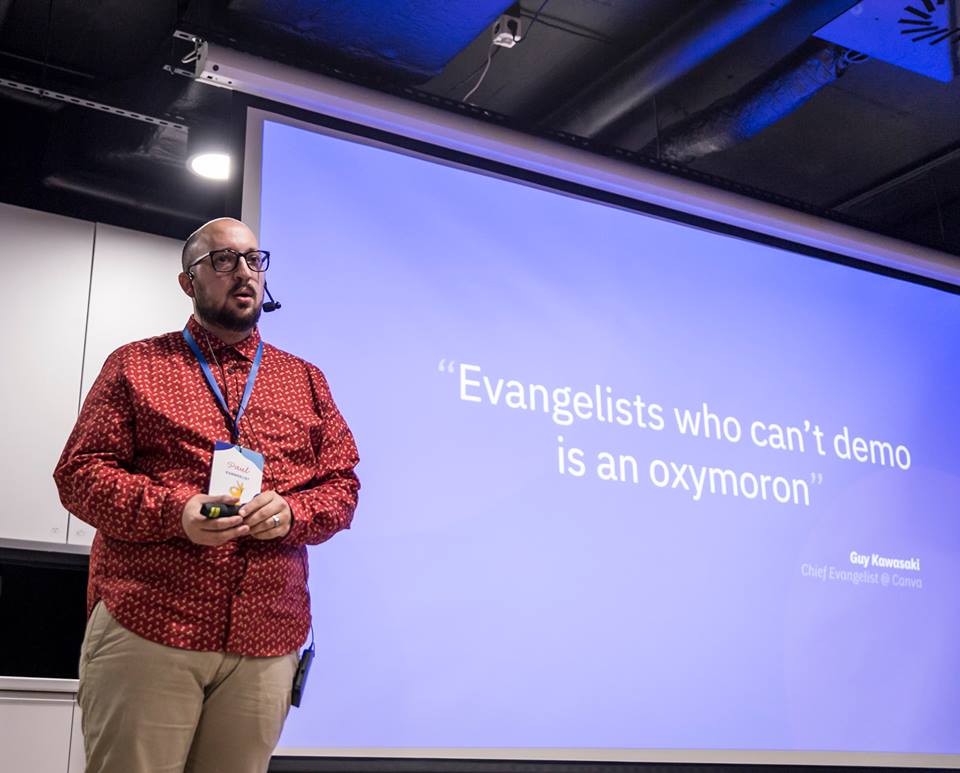
Evangelists believe in both the importance of their work and the quality of the product,so they are the best mediators between various members of the company and the end-users. Their daily tasks include communicating and empathising with clients (a good evangelist should always put his customer interests first), but primarily, every design evangelist should be able to demonstrate his graphic design skills.
One can say that similarly to real religions, the most important statement of design evangelism is that faith without works is dead. So don’t forget to apply your newly acquired knowledge and spread the word about our next Halo Design meeting. See you soon!

